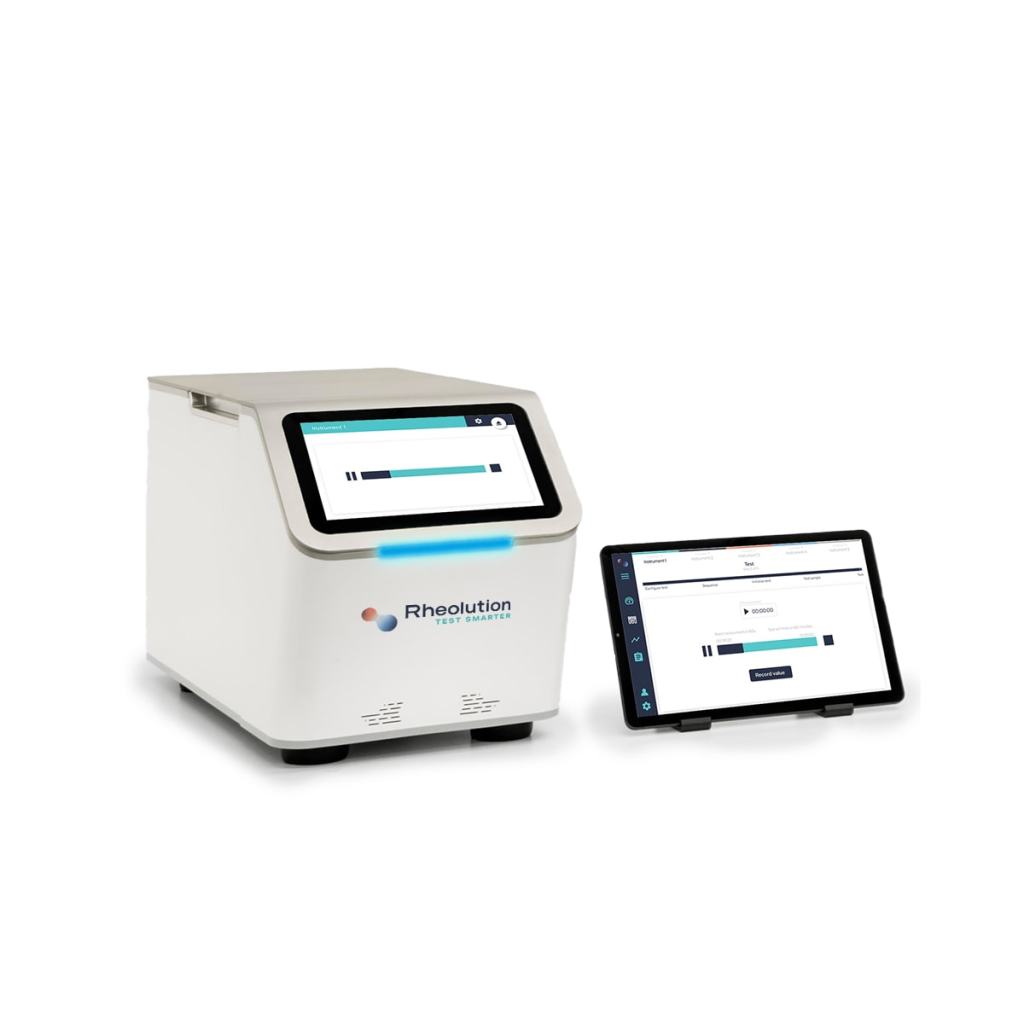Superabsorbent Polymers

Superabsorbent materials such as SAPs have the capacity to absorb extremely large amounts of liquid compared to their mass. This class of materials was developed in the 1960s mainly to retain water for agricultural applications. Since then, superabsorbent materials have been used in various applications and industries such us: wound dressing, surgical pads, diapers and adult diapers, filtration, release of insecticides, potting soil, flood control and prevention, stabilization of waste. Superabsorbents are made of dried polymers that have the capacity to rapidly absorb water or saline solutions and to retain the absorbed liquid. Because mastering this functionality is critical for superabsorbents, it is important in R&D and QC to precisely measure how a specific SAP absorbs a given solution.
ElastoSens™ Bio measures in real time how superabsorbents absorb a liquid solution by measuring the elastic modulus of the forming gel during absorption. The instrument measures the exact time when absorption starts, the speed of absorption (speed of swelling) as well as the final gel elastic modulus. ElastoSens™ Bio can also characterize how superabsorbents react to multiple/sequential intakes and how porosity evolves at low absorption rates.

In this example, the effect of the water-to-superabsorbent ratio on the kinetics of absorption was studied using the ElastoSens™ Bio. The water-to-powder ratio was varied as follows: 100, 150, 200, 250, 300, 350 and 400 g/g. As it can be seen, the absorption kinetics is strongly affected by the water-to-powder ratio. The absorption was initiated more rapidly when the ratio was low. It also clearly appears that the stiffness of the resulting gel was inversely proportional to the water-to-powder ratio. ElastoSens™ Bio can serve to study how chemical and physical conditions affect the absorption of solutions by a superabsorbent polymer (SAP).
The ElastoSens™ Bio also proved to be useful to study the incremental absorption of a solution. It can also be used to study, in vitro, the absorption of physiological liquids and to simulate real life conditions.

Benefits of Contact-Free, Non-Invasive Measurements with the Elastosens™ Bio
- Test non-destructively the viscoelastic properties of bulk hydrogels, 3D bioprinted scaffolds and 3D cell-laden hydrogels.
- Apply programmable thermo and photo (UV) stimulations to deeply analyze your material.
- Follow the evolution of the same sample from formation to degradation non-destructively and over long periods of time.
- Get advanced and personalized Soft Matter Analytics™.
- Accelerate your formulation process while improving repeatability.
- Test bioengineered tissues in a cell-friendly and sterile environment.
- Operate a truly easy-to-use instrument designed for biologists, chemists and material scientists.
- Save time and material for R&D and QC operations.
- Customize your own testing system with up to 5 instruments thanks to the modularity of the ElastoSens™ Bio.
- Optimize your investments with affordable instruments that fit your needs and budget.
Visit the ElastoSens™ Bio product page
Related Application Notes
Hydrogels are biomaterials that are widely studied in the biomedical field. They are used, for example, to produce contact lenses and wound dressings, for drug release systems, or as scaffolds for tissue engineering. The design of such hydrogels is often multidimensional since multiple parameters related to their chemical composition and physical properties affect how they are going to behave in vivo.
Alginate is a polysaccharide present as a structural component of algae and a capsular component of soil bacteria. The polysaccharide is typically obtained from brown seaweed and used in many industries such as medical, pharmaceutical, food, textile due to its viscosifying, gelling and stabilizing properties.
The field of regenerative medicine comprises different strategies to replace or restore diseased and damaged tissues and organs. It includes tissue-engineered products that rely on the combination of biomaterials, cells and inductive biomolecules to promote tissue and organ regeneration.
All cells in the human body are exposed to mechanical forces which regulate cell function and tissue development, and each cell type is specifically adapted to the mechanical properties of the tissue it resides in. The matrix properties of human tissues can also change with disease and in turn facilitate its progression.
Gelatin and hyaluronic acid (HA) are biomaterials widely used in the biomedical research field. HA is the most abundant glycosaminoglycan in the body and is an important component of several tissues. HA contributes to tissue hydrodynamics, movement and proliferation of cells, and participates in a number of cell surface receptor interactions.
Testing the bulk mechanical properties of superabsorbent polymers (SAP) during swelling may be extremely challenging using traditional testing instruments such as rheometers and compressional testers. This analytical limitation reduces the ability to develop and formulate new superabsorbent polymers for specific applications and requirements.
Related Scientific Articles
In this study, we fabricated and characterized a smart shear-thinning hydrogel composed of gelatin and laponite for localized drug delivery. We added chitosan (Chi) and poly N-isopropylacrylamide-co-Acrylic acid (PNIPAM) particles to the shear-thinning gel to render it pH-responsive. The effects of total solid weight and the percentage of laponite in a solid mass on the rheological behavior and mechanical properties were investigated to obtain the optimum formulation. The nanocomposite gel and particles were characterized using Fourier-transform infrared spectroscopy (FTIR), scanning electron microscope (SEM), zeta potential, and dynamic light scattering techniques. Finally, release related experiment including degradability, swelling and Rhodamine B (Rd) release at various pH were performed. The results suggest that incorporation of silicate nanoplatelets in the gelatin led to the formation of the tunable porous composite, with a microstructure that was affected by introducing particles. Besides, the optimum formulation possessed shear-thinning properties with modified rheological and mechanical properties which preserved its mechanical properties while incubated in physiological conditions. The release related experiments showed that the shear-thinning materials offer pH-sensitive behavior so that the highest swelling ratio, degradation rate, and Rd release were obtained at pH 9.18. Therefore, this nanocomposite gel can be potentially used to develop pH-sensitive systems.








